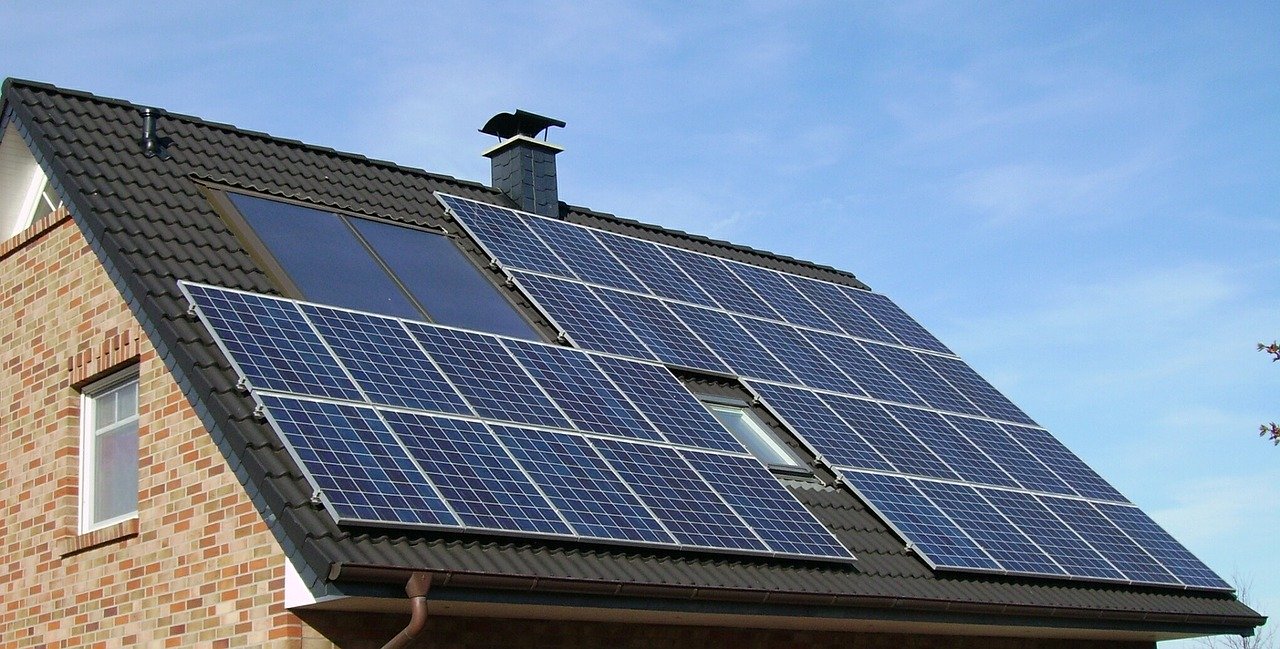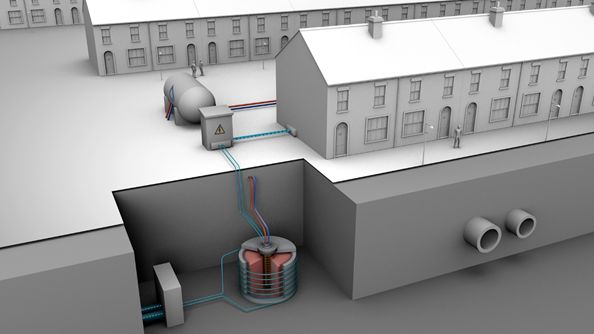Thermal batteries could beat electrochemical ones for photovoltaic self-consumption
A study published by researchers from the Solar Energy Institute of the Polytechnic University of Madrid concludes that storing electricity in the form of heat to convert it back to electricity can be a profitable solution for the self-consumption of photovoltaic electricity.
The drastic fall in the prices of wind and photovoltaic electricity has led part of the scientific community to consider an idea that until recently would have been considered absurd: what would happen if we transform wind or photovoltaic electricity into heat? store it, and then convert it back to electricity when needed? The most basic thermodynamic laws say that this process cannot be efficient, at most 50%. However, economics does not understand thermodynamics, and it turns out that this system may, in fact, be profitable. At least, this is what concludes from a study recently published by researchers from the Solar Energy Institute of the Polytechnic University of Madrid (IES-UPM) in collaboration with the Universitat Politècnica de Catalunya (UPC) in the journal Applied Energy.

Fuente: pixabay
Just a few months ago, the first international workshop dedicated to this new type of batteries that operate at ultra-high temperatures was held in Madrid. The event, organized by researchers from the UPM Solar Energy Institute, brought together scientists and engineers from eleven countries around the world who discussed the future of this new technology.
The search for low-cost energy storage systems is one of the great technological challenges of the future. Besides, heat represents more than 50% of the world's energy demand and represents 40% of global CO2 emissions. The key for the profitability of thermal batteries relies on their versatility to deliver both heat and electricity, and their very low cost.
"If electricity is cheap enough, converting that energy into heat and then converting it back to electricity can be more cost-effective than doing it with electrochemical batteries. The reason is that storing energy in the form of heat it is extremely cheaper than storing it in electrochemical bonds. Up to 100 times less. Also, the heat that cannot be converted into electricity can be used to produce hot water or even to power an absorption system for cooling in summer ", says Alejandro Datas, member of the IES-UPM and main author of this study.
According to the study developed by the IES-UPM, in collaboration with the UPC, a residential photovoltaic self-consumption system that uses this type of thermal batteries could provide savings of around 70-80% in electricity and 15-20% in heating, in addition to avoiding approximately one ton of CO2 emissions per household per year.
The researcher also estimates that profitability may be even higher in large applications, such as shopping malls, hospitals or factories, where the economy of scale allows to further reduce system cost and also take advantage of the lower power cost of large photovoltaic installations.
In the opinion of Alejandro Datas: “The storage of wind or photovoltaic energy in the form of heat will not only allow a substantial saving in the cost, but will also satisfy part of this great demand for heat through renewable sources. For this reason," he adds, "developing this type of system can be key to reducing our dependence on fossil fuels, not only in the electricity sector, but also in the thermal one".

Example of integration of a thermal battery in a residential area.
Source: IES-UPM
The researchers have already started to take the first steps to manufacture this new type of battery. For the last three years they have coordinated the European project AMADEUS, in which, together with other seven European research centers, they have built a first prototype on a laboratory scale. Once the project is completed, the European Commission has provided additional funding to carry out a market study and analyze its possible commercial exploitation. Starting in September this year, IES-UPM researchers, with the support of the French consulting firm Ayming, will identify the market needs that will determine the design of the first functional prototypes. Meanwhile, UPM team is looking for industry partners interested in collaborating to build those early prototypes.
But Spanish researchers are not alone in this task. The event organized in Madrid was attended by companies, such as the Australian 1414 Degrees or the American Antora Energy, which are already developing the first commercial prototypes. And the projects do not stop emerging. Among them, those of well-known companies such as SIEMENS-Gamesa or Malta (ex-Google), which have also decided to bet on this type of systems. Although they are very different from a technological point of view, they are all trying to respond to the growing need to develop very low-cost storage systems that allow the massive deployment of intermittent renewable energies.
Datas A., Ramos A., del Cañizo, C. Techno-economic analysis of solar PV power-to-heat-to-power storage and trigeneration in the residential sector. APPLIED ENERGY (256) Article Number: UNSP 113935, DEC 15 2019


